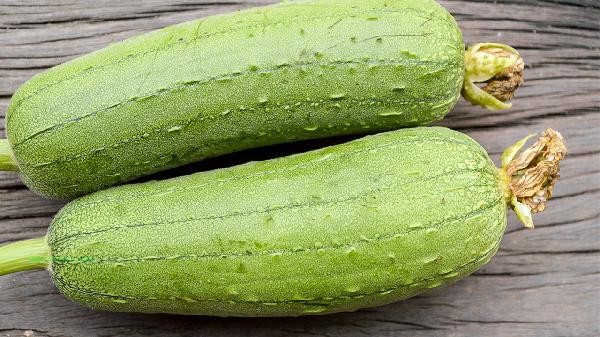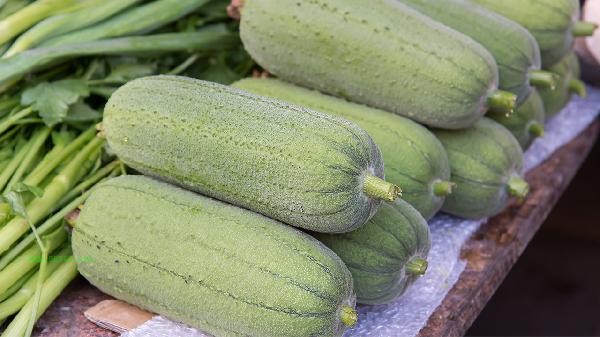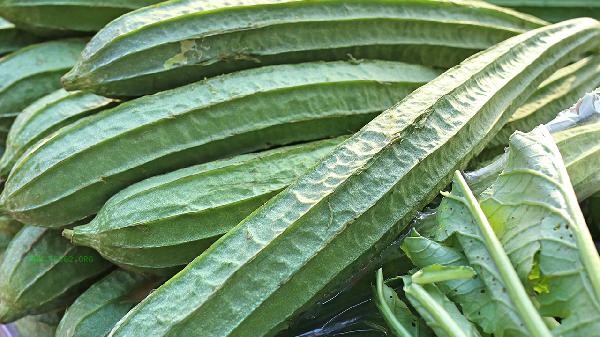Loofah can be planted continuously in the same field, but long-term continuous cropping may lead to soil nutrient imbalance and accumulation of pests and diseases. Loofah has strong adaptability to soil, but attention should be paid to crop rotation, scientific fertilization, and pest control. Silk gourd belongs to shallow rooted crops and has selective absorption of trace elements in the soil. When planted continuously on the same plot, it is easy to cause excessive consumption of certain nutrients such as potassium and calcium, leading to weak plant growth. Soil structure can be improved by regularly supplementing decomposed organic fertilizers, plant ash, etc., and using composite microbial fertilizers to regulate microbial balance. Deep plowing and sun drying before planting can help reduce soil borne pathogens, and drip irrigation technology is used during the growth period to avoid soil compaction.

Land plots that have been continuously planted for more than three years may have a high incidence of soil borne diseases such as root knot nematodes and wilt. Manifesting as symptoms such as yellowing and premature aging of leaves, as well as abnormal melon strips. It is recommended to thoroughly clean the diseased remains after harvesting and disinfect the soil with quicklime before sowing. Promptly remove the diseased plant and treat the affected area with drugs such as thiazole phosphine to prevent the spread of the disease. Short term rotation with onion and garlic crops can be carried out to use their root exudates to inhibit the reproduction of pathogens.

It is advisable to choose sandy loam soil with convenient drainage and irrigation for the cultivation of luffa, and maintain the soil pH value between 6.0-6.8. Planting green manure crops such as purple clover during the winter fallow period can effectively increase soil organic matter. The use of scaffolding cultivation can improve ventilation and light transmission conditions, and reduce the probability of disease occurrence. After harvesting, promptly remove the vines and disinfect the soil to create a good environment for planting in the next season.









Comments (0)
Leave a Comment
No comments yet
Be the first to share your thoughts!